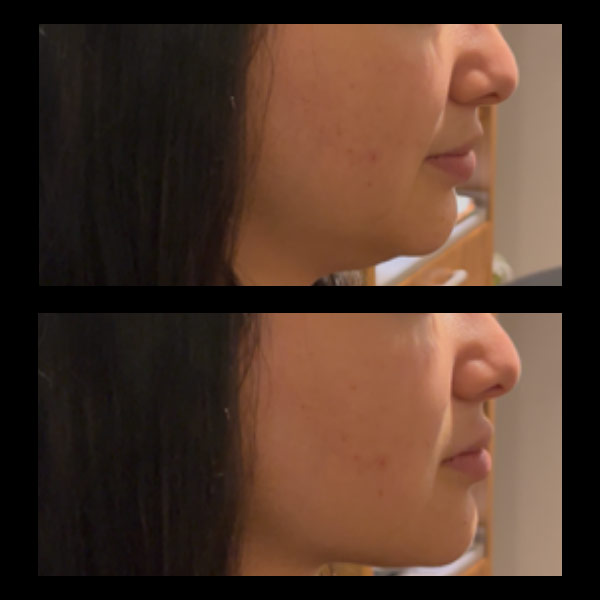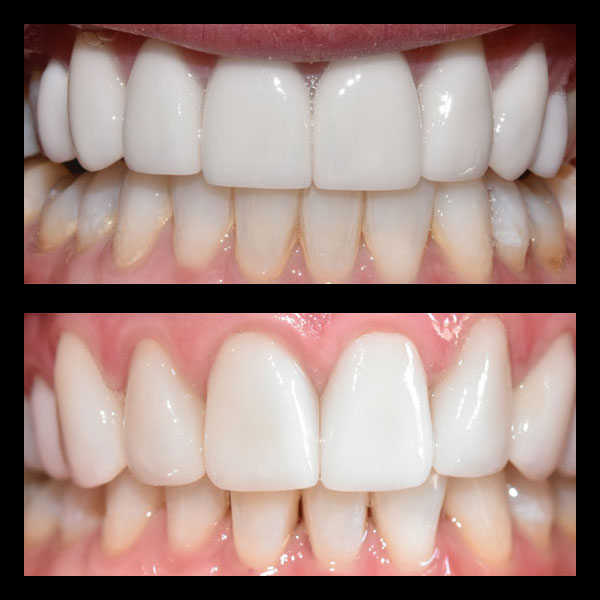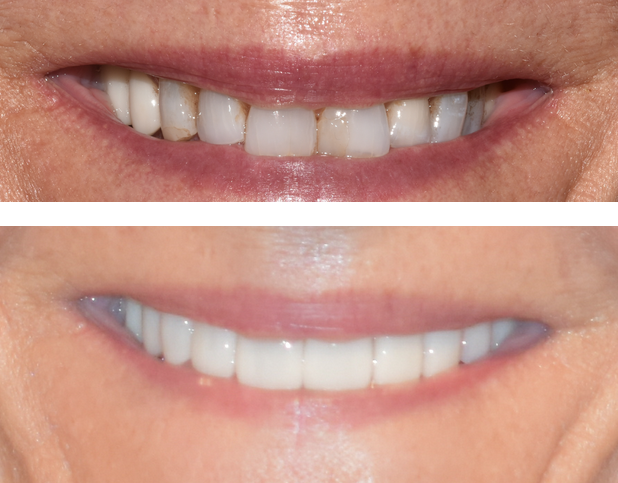Transforming Your Smile: Which Veneer Is Right for You?
A bright, confident smile is one of the most memorable features a person can have. For those seeking a dramatic and lasting improvement, dental veneers offer a premier solution. These custom-crafted shells are designed to correct a wide range of cosmetic imperfections—from discoloration and chips to gaps and minor misalignments. The result is a flawless, natural-looking smile that enhances your entire appearance. As the field of cosmetic dentistry has evolved, so have the options for veneers, primarily branching into two main categories: traditional and minimal-prep. Understanding the key differences is the first step toward deciding which path is best suited to achieve your personal goals.
What Exactly Are Dental Veneers?
Dental veneers are ultra-thin, custom-made facings that are permanently bonded to the front surface of your teeth. Typically crafted from durable, stain-resistant porcelain, they are meticulously designed to match the shade and translucency of natural tooth enamel. The primary goal of porcelain veneers is to improve aesthetics by altering a tooth’s color, shape, size, or length. When designed by a skilled cosmetic dentist, veneers blend seamlessly with your surrounding teeth, creating a harmonious and radiant smile that looks and feels completely natural. They are a powerful tool for anyone looking to achieve a significant and enduring smile enhancement.
Traditional vs. Minimal-Prep: A Quick Comparison
| Feature | Traditional Veneers | Minimal-Prep Veneers |
|---|---|---|
| Tooth Preparation | Requires removal of a thin layer of enamel (approx. 0.5mm) to accommodate the veneer. | Requires little to no enamel removal, preserving more of the natural tooth structure. |
| Thickness & Material | Thicker porcelain shell designed for maximum strength and coverage. | Ultra-thin ceramic, comparable to the thickness of a contact lens. |
| Reversibility | Considered a permanent procedure because of enamel alteration. | Often reversible, as the underlying tooth is left mostly or completely intact. |
| Best For | Significant transformations: correcting severe discoloration, large chips, gaps, or misshapen teeth. | Minor cosmetic improvements: addressing slight discoloration, small chips, or minor spacing issues. |
| Durability | Extremely durable and long-lasting, often for 15+ years with proper care. | Also durable, though their ultra-thin nature requires careful maintenance to prevent chipping. |
A Closer Look at Traditional Veneers
Traditional veneers are the gold standard for achieving a comprehensive smile makeover. The process involves preparing the tooth by removing a very thin layer of enamel from the front surface. This step is crucial as it creates space for the porcelain shell to sit flush with the gum line, ensuring a seamless and natural appearance rather than a bulky one.
Because they have more substance, traditional veneers are exceptionally versatile. They can mask deep, intrinsic stains that don’t respond to whitening, completely reshape a poorly formed tooth, close noticeable gaps, and create a uniform, symmetrical smile line. This makes them the ideal choice for individuals with significant cosmetic goals who desire a dramatic and permanent transformation. To see the kind of powerful changes possible, exploring a dental before & after gallery can provide a clear vision of the results.
Exploring Minimal-Prep Veneers
Minimal-prep veneers, sometimes known by brand names like Lumineers, offer a more conservative approach. As the name implies, this technique requires little to no removal of tooth enamel. The ultra-thin veneers are bonded directly onto the existing tooth structure. This makes the procedure less invasive and often faster to complete.
The primary advantage is the preservation of your natural teeth, which also means the procedure is potentially reversible. Minimal-prep options are best suited for patients whose teeth are already in a good position and require only minor cosmetic adjustments. This includes enhancing color, correcting small chips or cracks, or adding slight volume to small teeth. However, because they are so thin and translucent, they may not be able to conceal dark underlying stains or make major structural changes. A less invasive alternative for minor chips can also be dental bonding.
Did You Know?
- ✔ Porcelain veneers are highly resistant to stains from coffee, tea, and red wine, keeping your smile brighter for longer than natural enamel.
- ✔ The veneer creation process is an art. Each shell is custom-designed for color, shape, and size to complement your facial features and create a uniquely beautiful smile.
- ✔ With diligent oral hygiene and regular dental visits, both traditional and minimal-prep veneers can last for 15 years or even longer.
Expert Veneer Artistry in Boulder, Colorado
Choosing between traditional and minimal-prep veneers is a significant decision that depends entirely on your unique dental anatomy and aesthetic aspirations. This is why the expertise of your dentist is paramount. At Incredible Smiles in Boulder, Dr. Priya Uppal and Dr. Lori Kemmet combine advanced technology like 3D imaging with true artistic vision to design smiles that are both stunning and functional. A thorough consultation is the first and most important step.
We believe that achieving your dream smile should be a comfortable and positive experience. Our practice is designed to provide exceptional care and comfort in a spa-like environment, alleviating the anxiety many associate with dental procedures. By discussing your goals and evaluating your oral health, we can help you make an informed choice that aligns perfectly with your vision for a new smile.
Ready to Design Your Incredible Smile?
Your journey to a more confident smile begins with a conversation. Let our experts in Boulder guide you through the possibilities of cosmetic dentistry.
Frequently Asked Questions About Veneers
Do veneers look like natural teeth?
Absolutely. One of the primary goals of cosmetic dentistry is to achieve a natural-looking result. Veneers are custom-made from high-quality porcelain that mimics the light-reflecting properties of natural enamel. The color, shape, and size are meticulously planned to blend beautifully with your smile.
Is the veneer procedure painful?
Patient comfort is a top priority. For traditional veneers, a local anesthetic is used to ensure the tooth preparation phase is completely comfortable. Minimal-prep veneers involve little to no discomfort at all. Our spa-like amenities further ensure a relaxed and stress-free experience.
How do I care for my new veneers?
Caring for veneers is simple: treat them just as you would your natural teeth. This means diligent brushing, flossing, and attending regular professional teeth cleanings and check-ups. While porcelain is stain-resistant, maintaining good oral hygiene is key to the health of the underlying teeth and gums.
Can veneers fix crooked teeth?
Veneers can create the illusion of straight teeth, making them a great solution for minor misalignments or gaps. However, for more complex orthodontic issues, a treatment like Invisalign may be recommended first to create the ideal foundation for veneers.
Dental Veneer Glossary
- Veneer: A thin, custom-made shell, typically crafted from porcelain, that is bonded to the front surface of a tooth to improve its appearance.
- Enamel: The hard, protective, outermost layer of a tooth.
- Porcelain: A strong, durable ceramic material that is widely used in cosmetic dentistry for its ability to mimic the appearance and translucency of natural tooth enamel.
- Traditional Veneer: A type of veneer that requires the removal of a small amount of enamel from the tooth’s surface to ensure a seamless fit.
- Minimal-Prep Veneer: A more conservative veneer option that is ultra-thin and requires little to no removal of the natural tooth enamel before placement.
- Cosmetic Dentistry: A specialized area of dentistry focused on improving the aesthetics of an individual’s smile, teeth, and mouth.








